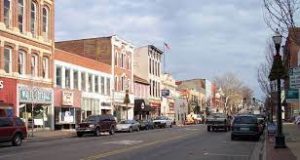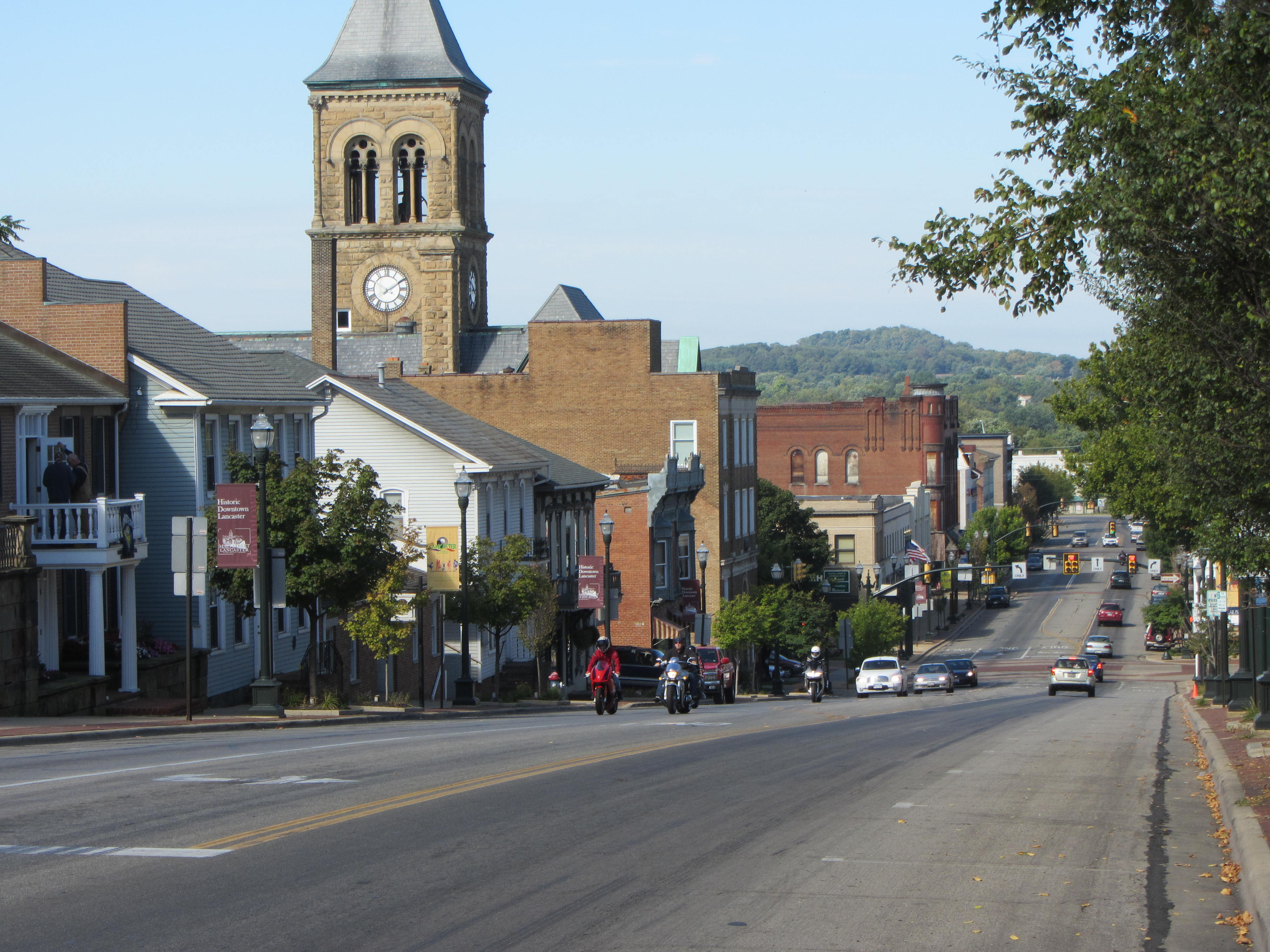About Lancaster
Here’s a little bit about the city of Lancaster if you are looking for a Tax Attorney Lancaster Ohio.
Lancaster (locally /ˈlæŋk(ə)stər/ LANK-(ə-)stər) is a city in Fairfield County, Ohio, in the south central part of the state. As of the 2020 census, the city population was 40,552. The city is near the Hocking River, about 33 miles (53 km) southeast of Columbus and 38 miles (61 km) southwest of Zanesville. It is the county seat of Fairfield County.
The earliest known inhabitants of the southeastern and central Ohio region were the Hopewell, Adena, and Fort Ancient Native Americans, of whom little evidence survived, beyond the burial and ceremonial mounds built throughout the Ohio and Mississippi Valleys. Many mounds and burial sites have also yielded archaeological artifacts. Serpent Mound and Hopewell Culture National Historical Park, though not in Fairfield County, are nearby.
Before and immediately after European settlement, the land today comprising Lancaster and Fairfield County was inhabited by the Shawnee, nations of the Iroquois, Wyandot, and other Native American tribes. It served as a natural crossroads for the inter- and intra-tribal wars fought at various times. Frontier explorer Christopher Gist reached Lancaster’s vicinity on January 19, 1751, when he visited the small Delaware town of Hockhocking nearby. Leaving the area the next day, Gist rode southwest to Maguck, another Delaware town near Circleville.
Having been ceded to the United States by Great Britain after the American Revolution in the Treaty of Paris, the lands north of the Ohio River and west of the Appalachian Mountains were incorporated into the Northwest Territory in 1787. White settlers began to encroach on Native American lands in the Northwest Territory. As the new United States government began to cast its eye westward, the stage was set for the series of campaigns that culminated in the Battle of Fallen Timbers in 1794 and the Treaty of Greenville in 1795. With pioneer settlement within Ohio made legal and safe from Indian raids, developers began to speculate in land sales in earnest.
Knowing that such speculation, combined with Congressional grants of land sections to veterans of the Revolution, could result in a lucrative opportunity, in 1796 Ebenezer Zane petitioned Congress to grant him a contract to blaze a trail through Ohio, from Wheeling, West Virginia, to Limestone, Kentucky (near modern Maysville, Kentucky), a distance of 266 miles (428 km). As part of the deal, Zane was awarded square-mile tracts of land at the points where his trace crossed the Hocking, Muskingum, and Scioto rivers. Zane’s Trace, as it is now known, was completed by 1797. As Zane’s sons began to carve the square-mile tract astride the Hocking into saleable plots, the village of Lancaster was founded in 1800. Lancaster predated the formal establishment of the state of Ohio by three years. Many villages and townships right outside Lancaster, such as Lithopolis, Royalton, and Greencastle, were settled around the same time, which contributed to the village’s success.
Initially known as New Lancaster, and later shortened by city ordinance (1805), the town quickly grew; formal incorporation as a city came in 1831. The connection of the Hocking Canal to the Ohio and Erie Canal in this era provided a way for the region’s rich agricultural produce to reach eastern markets.
The initial settlers were predominantly German immigrants and their descendents, many from Lancaster, Pennsylvania. Ohio’s longest continuously operating newspaper, the Lancaster Eagle-Gazette, was born of a merger of the early Ohio Adler, founded around 1807, with the Ohio Gazette, founded in the 1830s. The two papers were ferocious competitors since they were on opposite sides of the American Civil War, with the Adler anti-slavery and pro-Union. The city also had numerous migrants from the Upper South who sympathized with the Confederacy. The papers merged in 1937, 72 years after the war’s end. This was shortly after the Gazette was acquired by glassmaker Anchor-Hocking. The newspaper is currently part of the Newspaper Network of Central Ohio, a unit of Gannett Company, Inc.
The city’s median household income was $44,794 and median family income was $59,930. Males had a median income of $36,169 versus $24,549 for females. The city’s per capita income was $25,230. About 12.0% of all families (4.4% of married-couple families), and 16.3% of the population were below the poverty line, including 22.0% of those under age 18 and 10.0% of those over 65.
As of the census of 2010, there were 38,780 people, 16,048 households, and 9,937 families residing in the city. The population density was 1,955.9 people per square mile (755.0/km2). There were 17,685 housing units at an average density of 879.6 per square mile (339.5/km2). The racial makeup of the city was 95.9% White, 1% African American, 0.5% Asian, 0.30% Native American, 0% Pacific Islander, 0.6% from other races, and 1.7% from two or more races. Hispanic or Latino of any race were 1.6% of the population.
There were 16,048 households, of which 27.8% had children under the age of 18 living with them, 42.4% were married couples living together, 14.2% had a female householder with no husband present, and 38.1% were non-families. 31.7% of all households were made up of individuals, and 13.8% had someone living alone who was 65 years of age or older. The average household size was 2.36 and the average family size was 2.95.
In the city the age distribution of the population shows 24% under the age of 18, and 15.7% who were 65 years of age or older. The median age was 37.5 years. For every 100 females, there were 92.3 males. For every 100 females age 18 and over, there were 88.6 males.
Lancaster is home to the Fairfield County Fair, a weeklong fair and the last (88th) county fair in Ohio each year, always in the second week of October. It features a variety of attractions, including truck, tractor, and horse pulls, demolition derbies, concerts, bands, and horse races. The Fairfield County Fair also includes lots of food, animals, exhibits, games, and rides for people of all ages.
If you are looking for a tax attorney Lancaster Ohio, you are at the right spot. Give us a call today at 330-331-7611.









